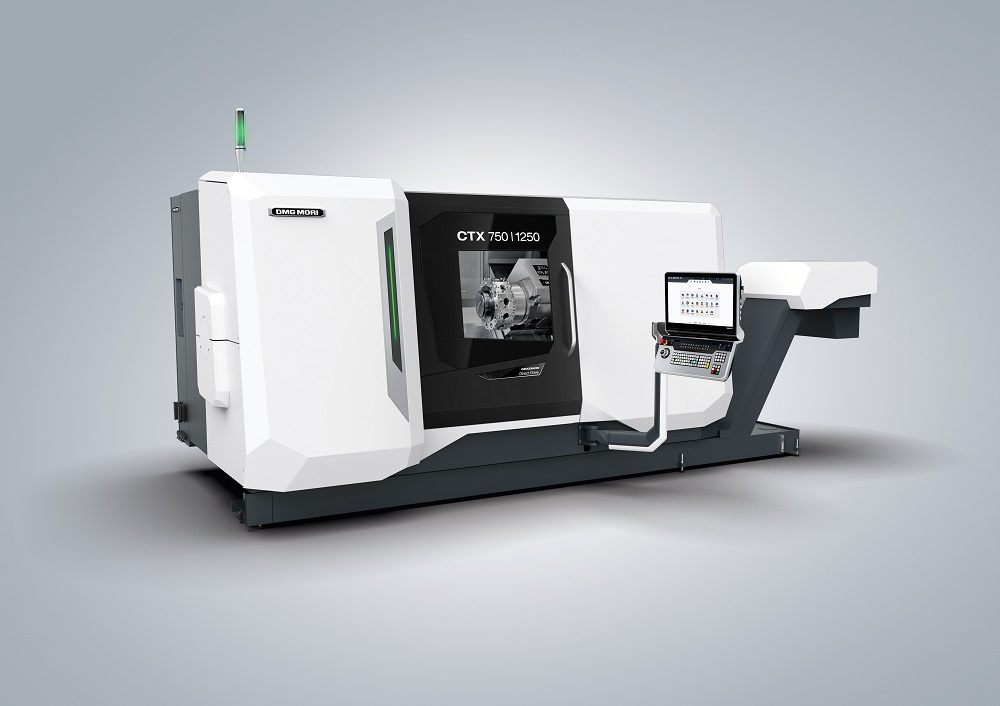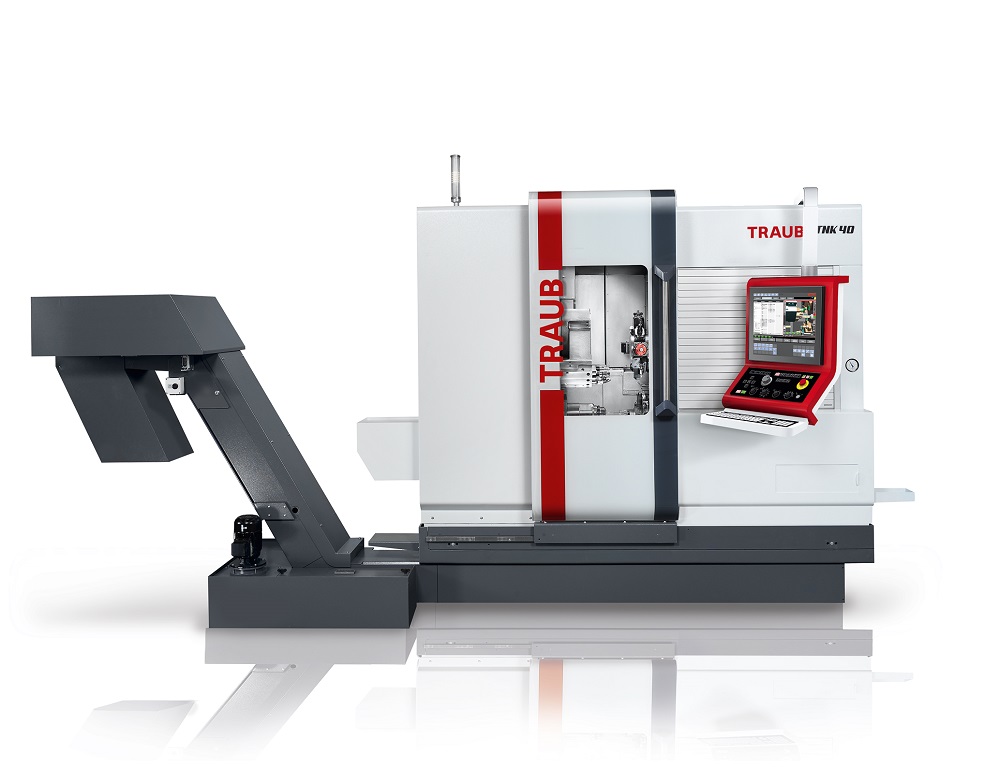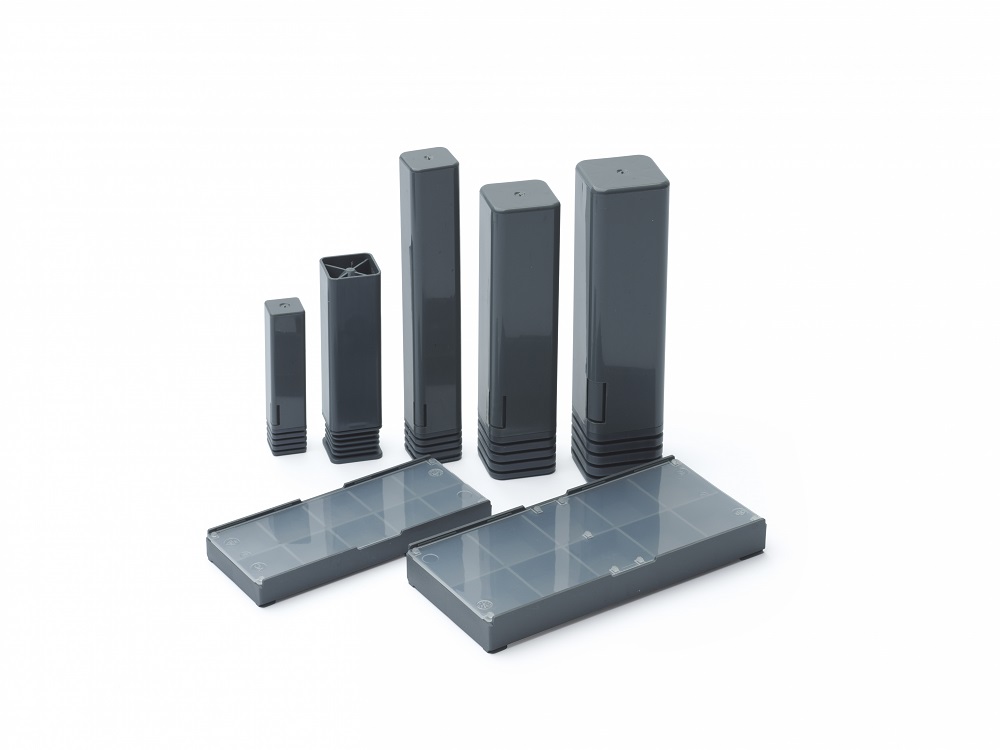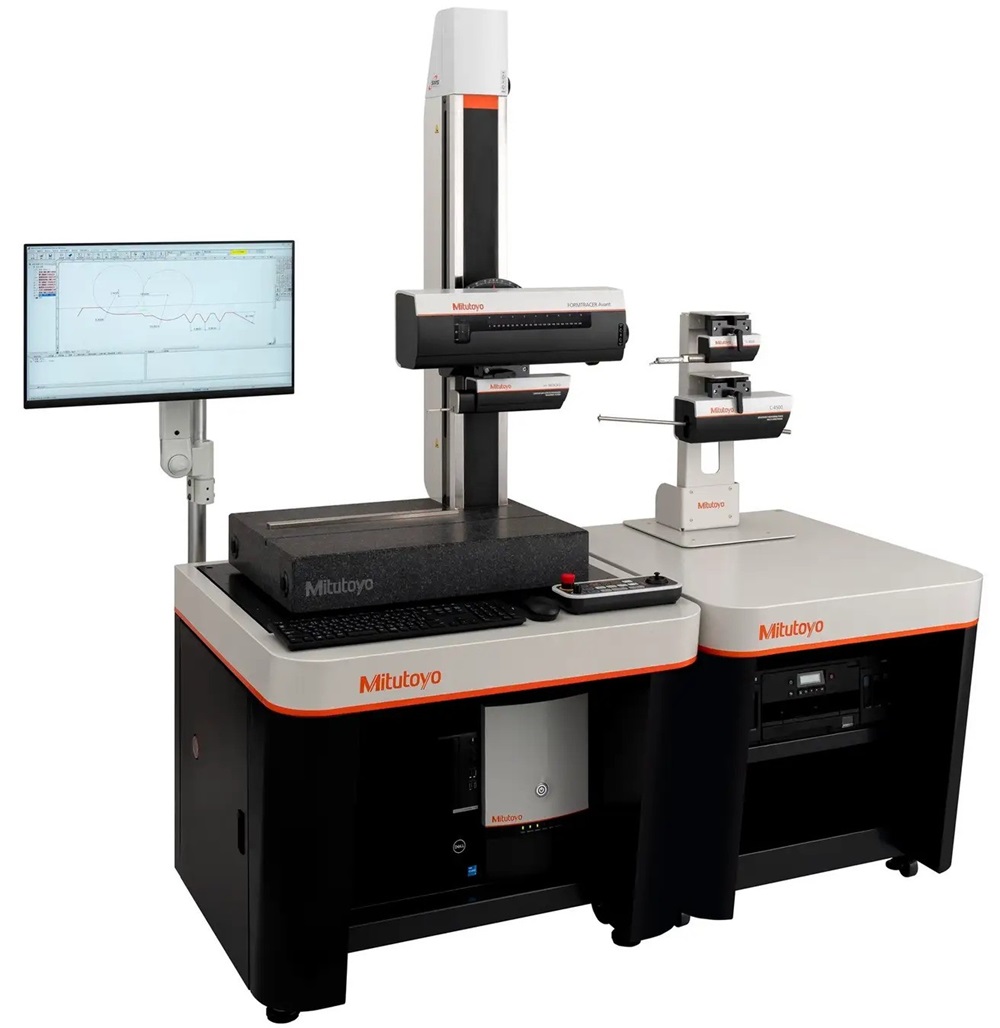The machining transformation (MX) with which DMG Mori says it is shaping the future of machine tool manufacturing has a direct influence on product development. This ethos is demonstrated by the sixth generation of CTX universal turning machines. According to DMG Mori, the latest addition to the series, the CTX 750|1250, sets new standards in performance, precision and energy efficiency.
On an area of just 11,7 m², the new model offers sufficient space for 700 mm diameterby 1290 mm long workpieces. The combination of left and right spindles, the optional Yaxis with ±85 mm travel and driven tools with up to 6000 rpm ensures productive six-sided complete machining of demanding geometries with maximum precision using integrated processes. This performance is thanks to the highly rigid machine concept of the CTX 750|1250, supported byup to 55 mm wide linear guides, integrated cooling measures and direct measuring systems from Magnescale.
Notably, the spindles of the CTX 750|1250 play a major role in high-performance machining. The left-hand ISM 127 spindle offering 2500 rpm and up to 1975 Nm torque is contrasted by an ISM 80 spindle thatdelivers 4000 rpm and 360 Nm. The spindle bore is127 mm diameter for 125 mm diameter bar. An ISM 102 spindle for six-side heavy-duty machining with a torque of up to 770 Nm is optionally available on the right-hand side.
The VDI-50 turret with 12 tool positions, used as standard, enables the milling operations required for six-sided complete machining. Driven tools reach 4000 rpm and 48 Nm. Alternatively, a high-speed turret with 66 Nm and a direct-drive turret with 86 Nm are available for speeds up to 6000 rpm.
More information www.dmgmori.com



















